Keokuk, Iowa was founded at the downriver end of the Des Moines Rapids, one of the few sets of rapids on the Mississippi. At 11 miles long, the rapids gave early steamboat pilots a heck of a challenge. Most boats had trouble passing through—the water was normally just 3 feet deep—so most boats unloaded their cargo at one end and reloaded at the other. Those transit stops later grew into the cities of Keokuk and Montrose, Iowa.
Early on, dreamers looked at the rapids and saw their potential to generate power. Robert E. Lee, when he was surveying the Mississippi in the 1830s, envisioned a dam at the foot of the rapids. Joseph Smith, the founder of the Mormon Church, convinced the Nauvoo City Council to approve construction of a dam, but he was killed before work could start.
The effort picked up steam with the formation of the Keokuk & Hamilton Power Company in 1900, a quasi-public organization that was funded primarily by the cities of Keokuk and Hamilton (Illinois). Five years later, Congress granted the company the authority to build a dam.
Regional leaders were optimistic about the dam’s potential for growing area economies: “This work
Raising money for construction was more difficult than anticipated, so the company had to look outside the US for backing. In the end, foreign investors (mostly from England, France, Germany, Belgium, and Canada) provided 65% of the money for construction. All the money and paperwork was completed by the fall of 1905, with a completion deadline set for 10 years later.
Before major construction could begin, the company had to compensate property owners who would be affected by the higher water levels behind the dam, some 1300 landowners in all. Sections of Montrose, Sandusky, and Galland (Iowa) were going to be flooded, so the power company purchased property from those villages. Construction crews also moved railroad tracks and rebuilt part of the sewer system at Fort Madison.
As part of the agreement with the government, the company had to build a lock and hand it over to the US government after completion, compensation for the loss of the US government-built 8-mile canal around the rapids that opened in 1877; that canal would be submerged after the dam was completed.
Construction on the dam began in earnest in 1910; hundreds of construction workers moved into bunkhouses along the river. For the most part construction moved along smoothly. In the spring of 1912, however, severe flooding gave everyone a good scare. The area had been through a very cold winter and the river was thick with ice. On March 24, the ice broke and large sheets moved quickly down the rapids. The ice piled up against a coffer dam used in construction, reaching a height of 30 feet and providing spectators with a good show, but ultimately the coffer dam held and the partially-completed dam wasn’t damaged.
The last piece of concrete was poured on May 31, 1913, nearly two years ago of schedule. The lock opened June 12 and the first watts of electricity were generated (and sent to St. Louis) on July 1. Folks around town were thrilled and partied from August 25-28 in celebration. The final cost for construction of the dam was $25 million; the cost of the celebration, considerably less.
The dam is nearly a mile long (4,649 feet), 42 feet thick at the base and 29 feet thick at the top. The dam created a large pool behind it that is called Lake Cooper, named for the engineer who designed and built the dam (Hugh Cooper); it stretches 40 miles upriver and is a popular place for sailboating. Water levels in Lake Cooper are kept constant, regardless of the amount of water coming downriver, a feat that is managed by opening and closing the 119 steel gates (each one 30 feet wide) that span the dam.
Inside the powerhouse there are 15 generators each capable of producing 7.2 to 8.8 megawatts of power; the plant as a whole has a generating capacity of 142 megawatts. Power is produced when river water passes over water wheels, spinning the turbines, which are in turn connected to generators.
Initially the power plant furnished electricity to Keokuk and Hamilton, plus nearby cities like Fort Madison, Dallas City, Nauvoo, Warsaw, and Quincy, as well Alton and St. Louis further downriver. Over time, though, most of that energy was sent to other places, usually to the St. Louis metropolitan area. I’ve heard from some residents of Keokuk that, in spite of being next to a big hydroelectric dam, their electrical rates are among the highest in Iowa.
The construction of the dam was remarkably well-documented. Hugh Cooper and his team coordinated an ambitious public relations campaign that resulted in nearly constant coverage in newspapers and magazines around the country. Cooper also hired Herman Anschutz to photograph the project, who took hundreds of photos throughout construction. Many of his photos will be available for viewing (and purchase) in Victory Park during River Power Days, thanks to preservation and restoration work by Leo Gredell and Tom Edwards and their families.
This weekend (June 28-30) the powerhouse will be open for public tours during River Power Days, and the cities of Keokuk and Hamilton will be hosting events around town in celebration of the anniversary. I’ll be there checking things out and saying hi to friends. Hope to see you there.
- Keokuk Dam
- Old Lock; Keokuk, IA
- Keokuk Power Plant; Iowa
- Keokuk Powerhouse; Iowa
- Generators inside the Powerhouse; Keokuk, Iowa
© Dean Klinkenberg, 2013
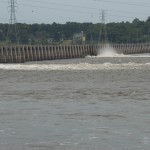
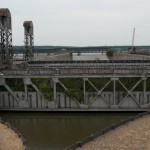
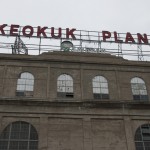
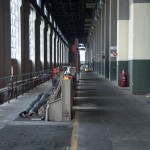


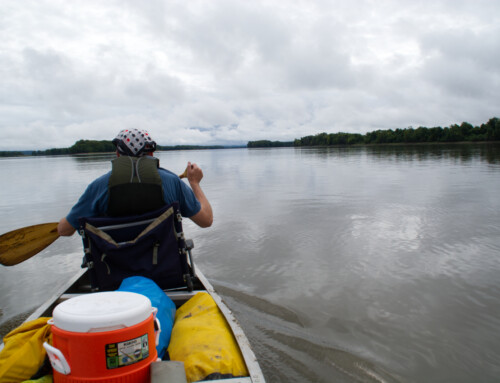
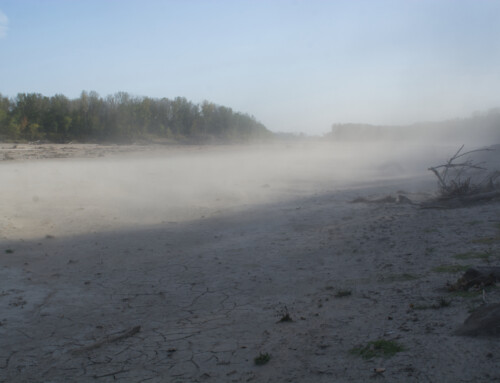
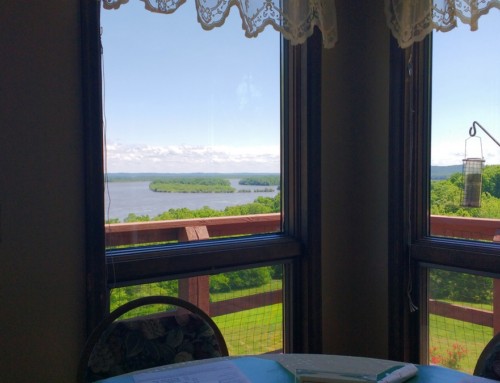
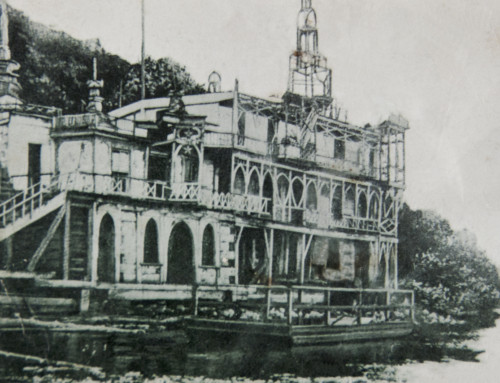
[…] https://mississippivalleytraveler.com/keokuks-big-dam-turns-100/ […]